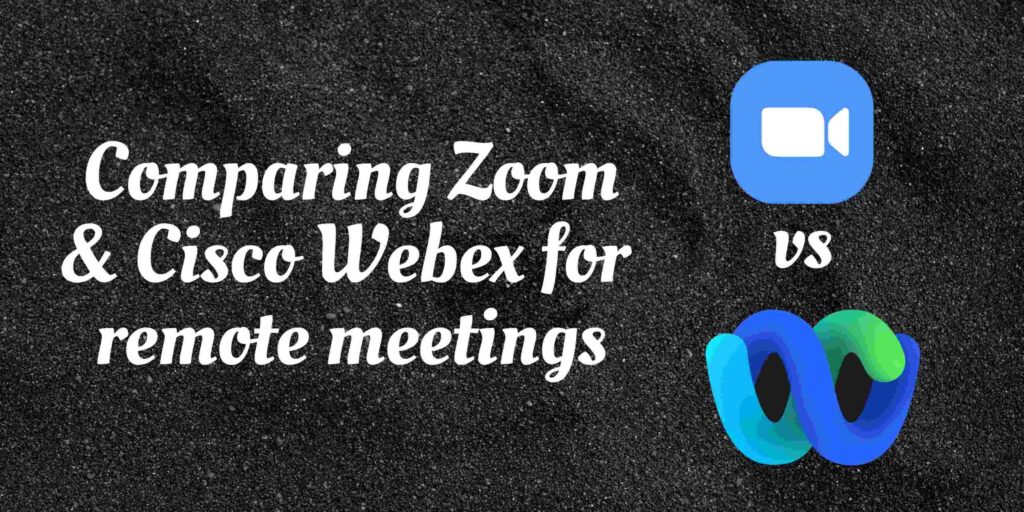
What is sales negotiation?
Sales negotiation is the art of reaching the best possible agreement between the buyer and the seller through a series of strategic discussion where the outcome (of an ideal sales negotiation) is a win-win for both the parties when the deal is closed.
It is imperative to note that the outcome of sales negotiation strategies, is to not reach an agreement. The agreement may or may not be reached. The intent of a sales negotiation should be to create mutual benefits for both parties.
It is not about coming to an agreement in which one party is at a huge loss while the other party benefits greatly. Sales negotiation process, if done right, is a constructive and mutually beneficial process rather than an anxiety-inducing conniving task.
Why is sales negotiation necessary?
Sales negotiation is necessary to ensure that both parties participating in the negotiation process, derive the best value out of it. Even if one party is unsatisfied by the outcome of a sales negotiation, the development of long-term relationships is hindered.
Hence, it is highly important for a negotiation process to be fair and the outcome of negotiation should be satisfactory to all parties participating in the sales negotiation process.
Fair negotiations build trust between the parties and pave a way for lasting mutually beneficial relationships.
Are you doing negotiation on a virtual call? If yes, then you may want to read the virtual selling best practices and how to win a client on remote call.
Sales Negotiation Strategy & framework
1. Get ready with your negotiation skills
Never jump into a negotiation unprepared. As a seller, always know what is your desired selling price and the reservation selling price – the minimum price that you can afford to present to the customer.
Additionally, try to get an idea about the buyer’s reservation price – the price beyond which the buyer will not buy. The window between the seller and buyer reservation price is the window of negotiation which is closed. Knowing these details will allow you to operate within this range and you will not close a deal that is biased towards one extreme.
2. Strategically discuss and explain value
While price is an important component of sales, focus on the value that your product provides to the customer. Discuss the values in a way that you justify the price of the product.
Furthermore, always have a quantitative cost benefit analysis ready to show the buyer their return on investment. Introducing simple numbers (without any complex equations) brings credibility to the statement and also appeals to logic.
3. Anchoring in sales negotiation
Speak first and then negotiate with an anchor.
While it is advised to let the customer speak their mind in terms of pricing, it is always essential that the seller speaks first. Using this approach, you create an anchor to the price. Always set your anchor value higher than expected.
For example,
In a negotiation scenario, if your wish to quote 400 USD for an item of clothing and the customer wishes to buy it at 200 USD, the seller should quote 600 USD. This will force the buyer up their negotiation price to 300 USD which is a lot closer to the 400 USD – your desired selling price.
4. Handle sales objections like a pro
The next stage will be handling objections based on price, time and product features. Provide pricing options based on various models, show persistence and more importantly show the customers that you value them even if they choose to not buy from you.
You can check the 5A Framework of Objection Handling in sales.
5. Close
Lead the buyer into closing a deal. Do not push them to it. As a seller be a leader in clarifying their doubts at every stage, make them see the value that your product brings with it.
Be calm and patient while closing a deal.
6. Walk away (if necessary)
If none of the above tactics work, do not be afraid to walk away. If the buyer is simply not at all interested to take the sales conversation further despite multiple reminders, then you must know, it is time to walk away.
Or, if the buyer reservation price is much lower than the reservation price of the seller, it is better to walk away from the deal instead of putting enormous efforts into something that is doomed from the beginning.
Read: The art of knowing when to walk away from a deal.
Sales negotiation tips
Sales Negotiation tip #1: Speak ‘We instead of I or you’
“Why don’t we look at the value this product provides?” instead of “Why don’t you look at the value this product provides?”. The use of ‘we’ creates a sense of belongingness and brings the negotiation to a constructive conversation.
Sales Negotiation tip #2. Say fair pricing instead of pricing
The sound of ‘fair’ makes the buyer picture ‘justice’ and their mind creates an image that the product’s price is justified for the benefits that it offers.
Sales Negotiation tip #3. Mirroring
Repeat the words that the buyer says. For example, if the buyer says that, “I need five fantastic features in my product.”, you could repeat the words five fantastic features in a higher tone. This demands the attention of the buyer and inclines them to agree with whatever you say.
A must read: How to identify buying triggers and signals.
Sales Negotiation tip #4. Keep emotions at bay
Keep your emotions at bay while negotiating. Do not express your frustration or anger and show a calm composure. Buyers tend to stay will sellers that are calm and composed while dealing.
Sales Negotiation tip #5. Do not express discounts in ranges
If you offer a discount in a range of 10 to 15%, the buyer would always want the 15% discount. Always be well-prepared with the maximum discount that you can offer and use this number as a reference to continue your negotiation.
Sales Negotiation tip #6. Give and Take
If you offer a discount to a customer, make sure you ask the customer for a favour in return. It could be asking for a referral or writing a positive review on your most socially active platform.





